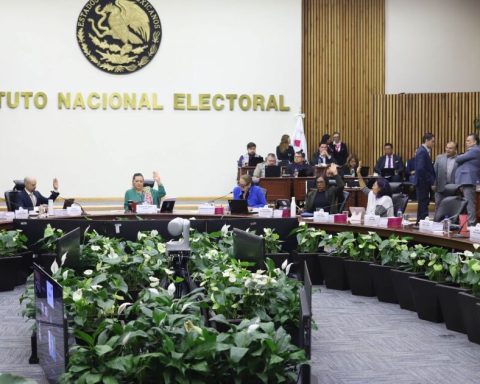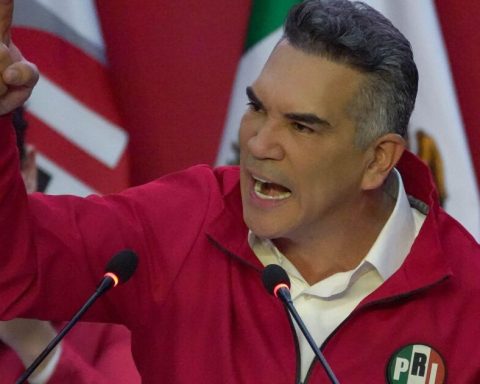Regarding the investment grade, “we see it as difficult to sustain it in the next six-year term,” said Nadia Montes de Oca, senior portfolio manager at Franklin Templeton, because the spending policy in Mexico will continue without new income in sight.
“It is very likely that towards the end of Claudia Sheinbaum’s six-year term, the investment grade will be lost,” he said during a webinar on economic prospects in August.
However, he noted that the Mexican economy would withstand a downgrade in its debt rating, after losing its investment grade, possibly at the end of the administration. And it will withstand it due to the country’s macroeconomic fundamentals.
How close is Mexico to this?
Victor Ceja, chief economist at Valmex, agrees that the country will lose its investment grade from credit rating agencies such as Moody’s and Fitch.
According to Ceja, the main risk to maintaining Mexico’s investment grade lies in the growing public debt. Rating agencies such as Fitch Ratings have established clear limits on the level of debt that a country can maintain without putting its rating at risk.
It explains that a public deficit of more than 5% of GDP could trigger a rating downgrade.
“That is a rule that the rating agencies have, Moody’s in its latest statement indicated that a deficit of more than 5% of GDP would be enough for Mexico to lose its investment grade,” said Victor Ceja.
In a pessimistic scenario (with a 20% chance of occurring according to Franklin Templeton), There is a risk that the country will lose its investment grade in two yearswith real consequences for public finances, although relatively moderate for growth, said Nadia Montes de Oca.
Last February, S&P reported that it maintained the rating of Mexico’s long-term foreign currency debt at BBB, that is, two levels above investment grade.
For its part, Moody’s commented in 2023 that it will review the country’s sovereign rating this year because it will have important information regarding the new government. Later, company executives said that the country’s great challenge will be to have a credible 2025 economic package in order to generate fiscal space to reduce the fiscal deficit to less than 5%.
What consequences would this have for growth?
“First, there would be financial panic. Mexico would no longer be in some of the most important indexes, so there would be a fall in the stock market and so on, but we must also remember that investment is taking place due to the issue of imports (from the United States from Mexico),” said the Franklin Templeton specialist. And that does not depend on the credit rating.
According to Montes de Oca, the investments that are coming in, due to the relocation of companies to support the Mexican export platform, are real and would continue to occur regardless of the credit position of the Mexican government.












